Australia’s outback has some of the most fascinating and beautiful sights in the world.
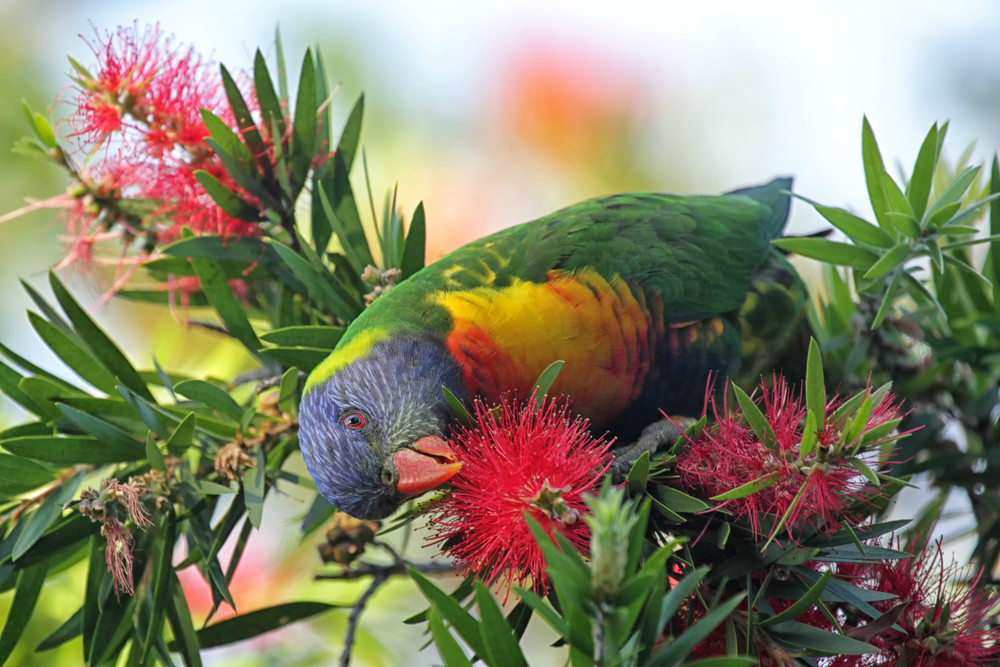
It is teeming with diverse wildlife and beautiful plants and flowers, which is among the reasons foreign visitors, choose to explore the outback.
And there’s no better way to explore the outback than driving your own vehicle. Driving allows you freedom of movement while taking in the sights of incredible landscapes and amazing wildlife.
Top 5 Driving Tips For Visitors in Australia
Here are some suggestions to make the most out of your road trip in the outback.
1. Slow down when using unsealed roads
Many of the attractions in the Top End are accessible only via several unsealed roads. This means driving on roads paved with sand or gravel. Also, watch out for uneven surfaces.
Maintain manageable speed when using such roads, keeping your eyes on it all the time.
2. Watch out for wildlife
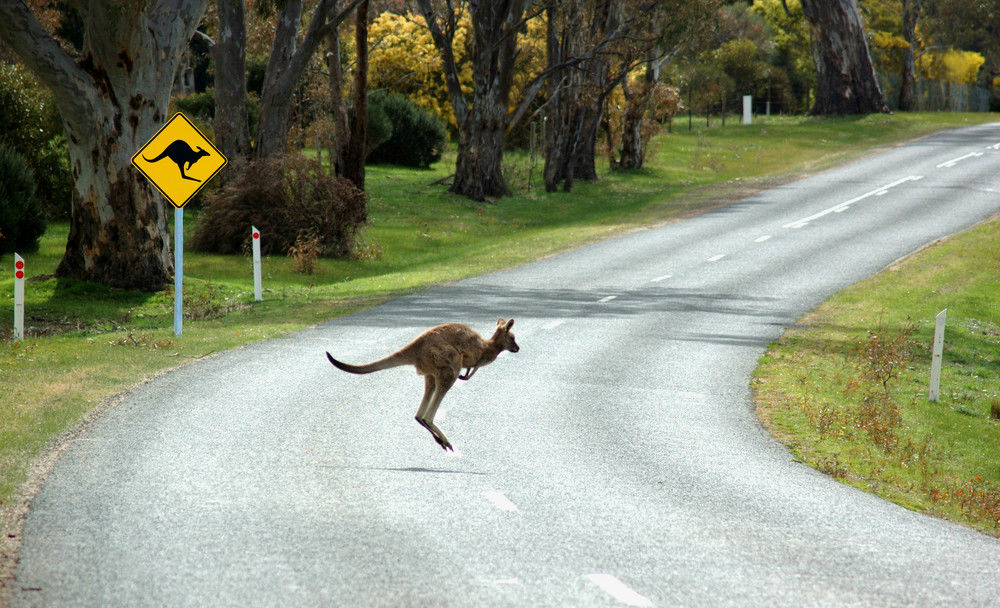
Kangaroos, Wallabies and Echidna are a common sight on Australian roads. Hence, better to drive slowly in the outback and enjoy watching these animals. You may interact with them and take a few snaps up close.
But as cute as these creatures are, it’s best not to drive in the outback at night. But if night travel can’t be avoided, keep an eye out for wandering stock or kangaroos.
Also, be alert for these animals during dry season. This is when they roam into towns, looking for water and food.
3. Watch out for animal signposts
To keep both people and animals safe, the government placed signposts in areas with high wildlife population. Heed these signs.
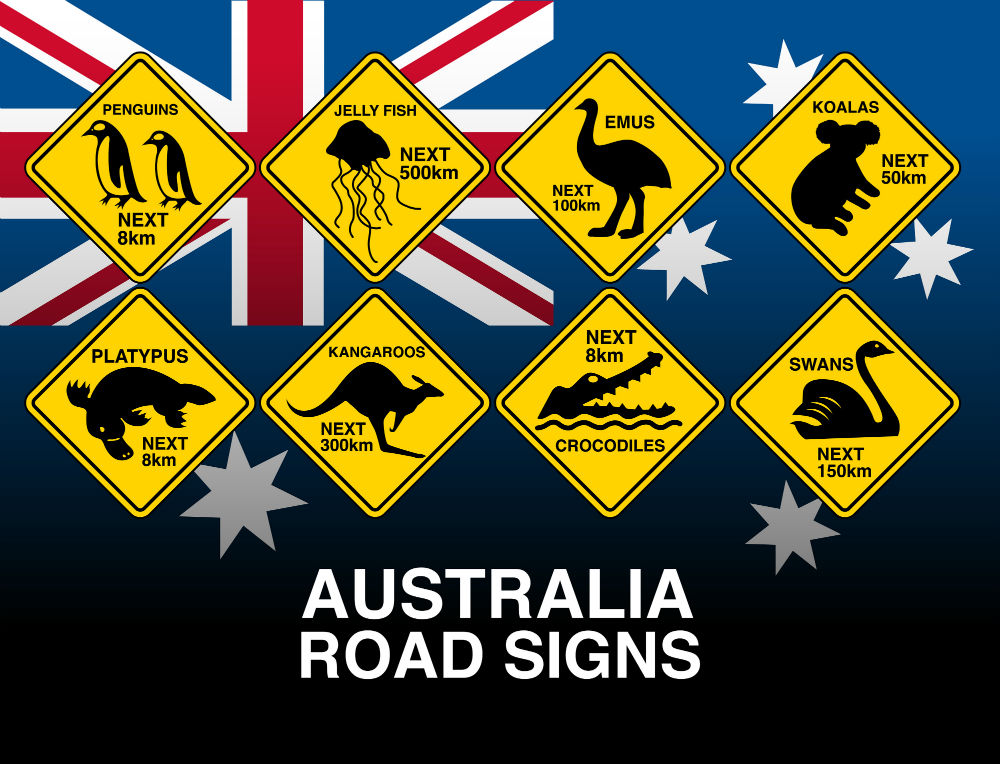
In Northern Queensland for instance you can often run into cassowaries which tend to cross the road without warning, so slow down in areas where they are. In doing this, you only not avoid running the animal over, but also gives you an opportunity to watch or take a snap of this creature. Note that only 1,500 cassowaries remain in the wild.
4. Use a 4-wheel drive vehicle when going off-road
Most off-road conditions such as flat, sandy tracks will normally give you no problems on a two-wheel drive car. But for more challenging terrains such as sand hills or dune crests, you’re two-wheeler might get stuck on the road.
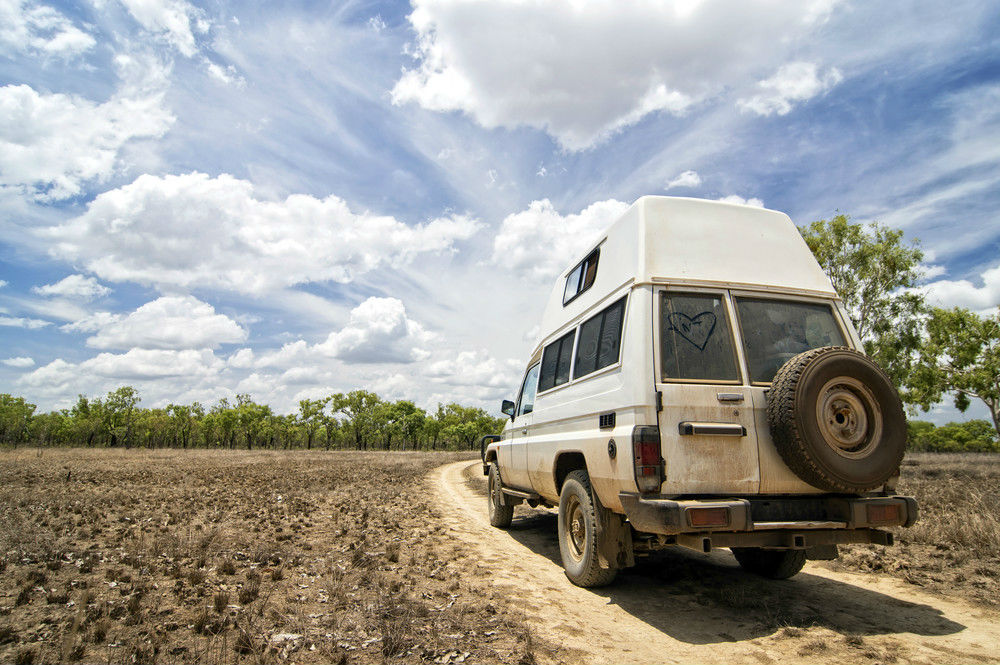
Hence, it’s best to have a 4-wheel drive vehicle when travelling the outback. Australian vehicles have this function as a lever right next to the normal gear lever, or as a button on the vehicle’s dash. Check your vehicle manual for instructions on this.
5. Use high beam whenever you can
Most animals get run over because it’s too dark and the driver didn’t spot them in time. To prevent this from happening, use your high beam lights to illuminate the road sides and help you see further down the road.
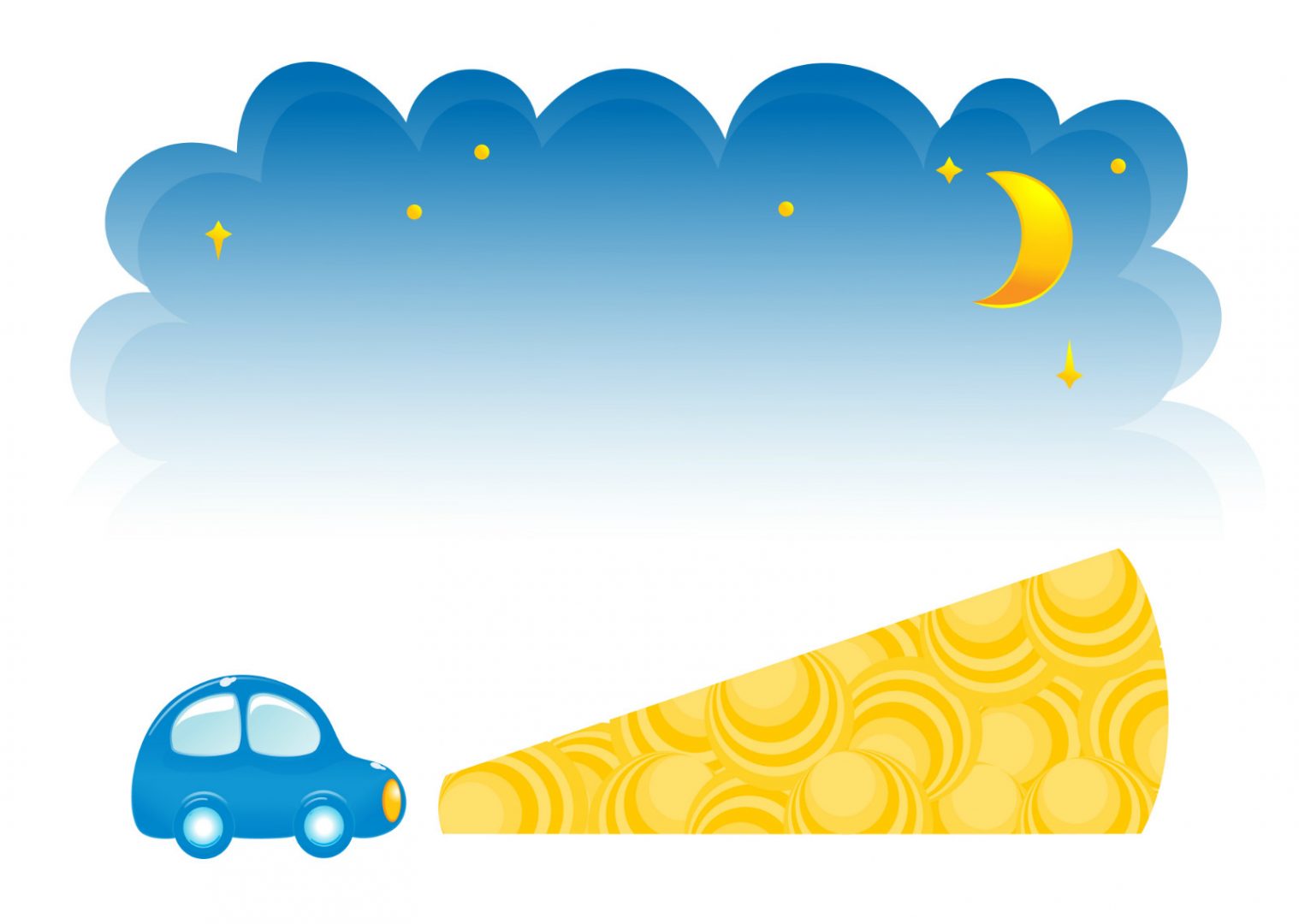
If you have an animal suddenly run in front of your car and it is too late to brake, always remember that your safety and the safety of your passengers come first. Regrettably, this may often mean hitting the animal to avoid swerving and putting your lives in greater danger.
Wrap up
The rule of driving in the Top End is plan with the worst case scenario in mind. This includes taking all the tools and spares you may need in case your vehicle breaks down somewhere.

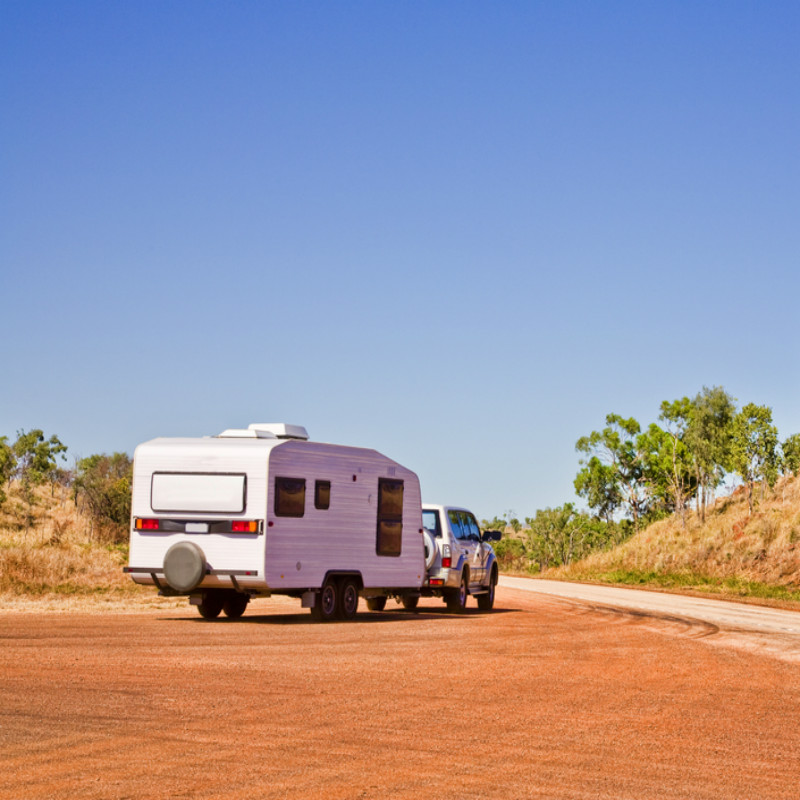
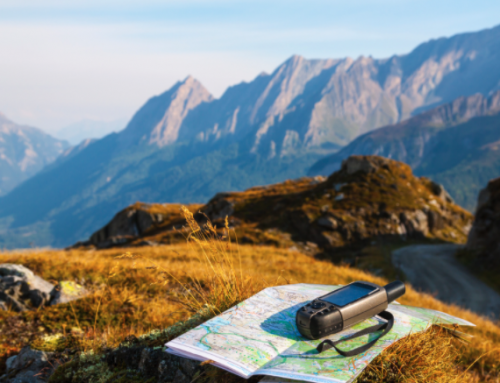



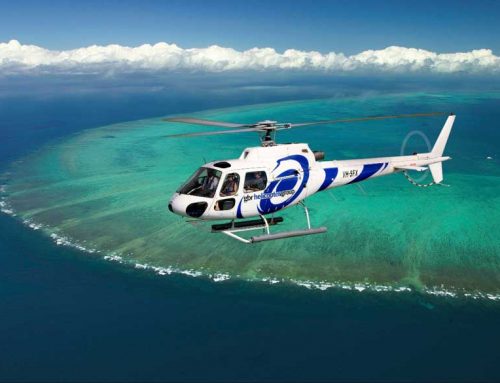
Leave A Comment